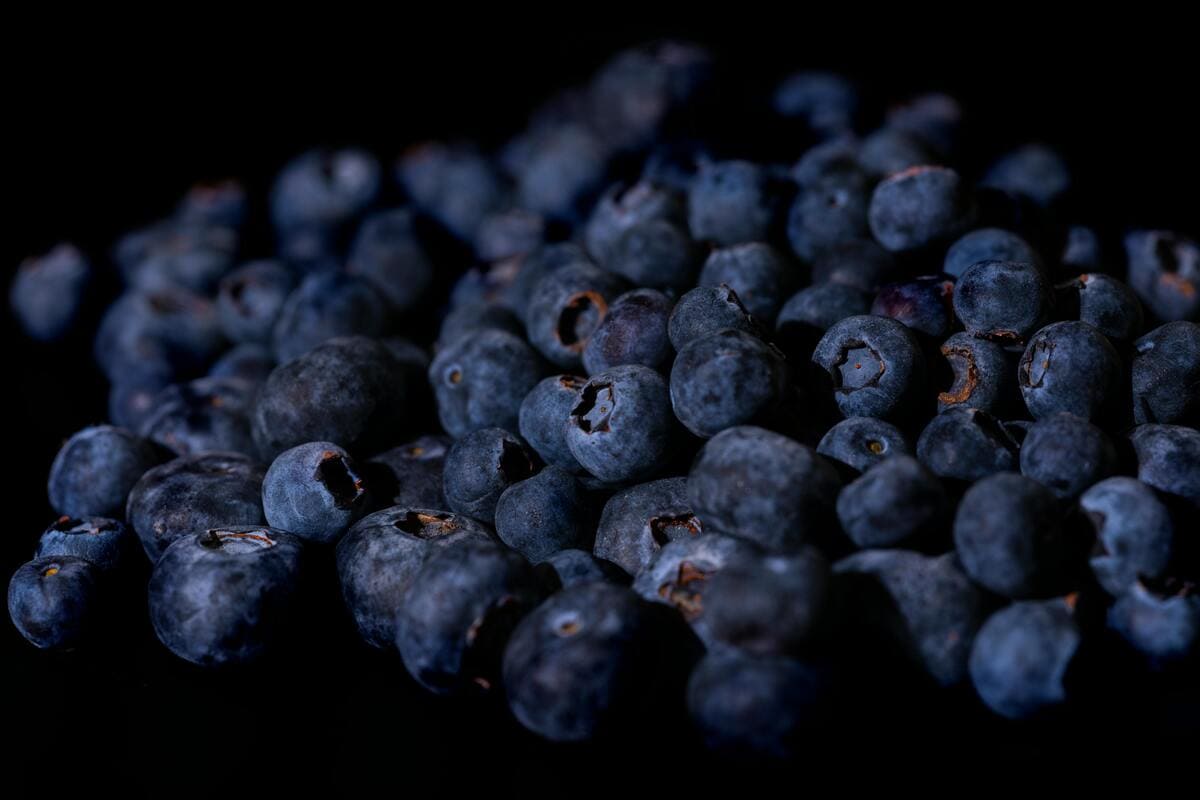Anthocyanins – also referred to as E163 – are natural plant pigments belonging to the flavonoid group, which give fruits, vegetables and flowers intense colors – from red to purple to dark blue hues. Their role in the plant world is extremely important, but they are equally important for human health. In this article we will take a closer look at the properties of anthocyanins, their nutritional value and potential side effects.
Properties of anthocyanins
Anthocyanins exhibit a number of beneficial biological properties that play an important role in the prevention and treatment of many diseases:
Potent antioxidant activity Anthocyanins neutralize free radicals, which are one of the main causes of oxidative stress in the body. As a result, they protect cells from damage that can lead to the development of chronic diseases such as atherosclerosis, diabetes and cancer. Protecting the cardiovascular system Consuming foods rich in anthocyanins can lower levels of “bad” LDL cholesterol, increase the elasticity of blood vessels and promote normal blood pressure. For this reason, anthocyanins are often recommended for the prevention of heart disease.
Vision support
Anthocyanins, especially those found in blueberries and bilberries, improve microcirculation in the eye, which can support visual acuity and protection against eye diseases such as cataracts and macular degeneration.
Anti-inflammatory and antiviral effects
Studies indicate that anthocyanins may support the immune system, reducing inflammation and helping the body fight viruses.
Regulation of blood glucose levels
Consuming anthocyanins can improve insulin sensitivity, making them helpful in preventing and controlling type 2 diabetes.
Where are E163 anthocyanins found?
Anthocyanins can be found in many common fruits, vegetables and foods. Among the best sources are:
Berries: blueberries, blueberries, raspberries, strawberries, black currants.
Dark grapes and red wine: especially those with a deep, dark color.
Vegetables: eggplants, red cabbage, beets.
Other plant products: hibiscus, black rice, purple potatoes.Nutritional values of anthocyanins
Anthocyanins themselves do not provide calories or macronutrients, but are extremely valuable bioactive components. Their presence in the diet enriches the body with substances that support the functioning of many systems and organs. The content of anthocyanins in food products depends on many factors, such as their variety, cultivation and storage.
Can E163 anthocyanins cause harm?
When consumed in natural amounts with food, anthocyanins are safe and have no documented side effects. However, it is worth remembering that supplementation in large doses, especially without consulting a doctor, may carry some risks:
Drug interactions
Anthocyanins can affect the effects of blood-thinning or antidiabetic drugs, so people taking such agents should exercise caution.
Allergies and hypersensitivity
In rare cases, an allergic reaction to anthocyanin-rich fruits can occur. Symptoms may include a rash, itching or gastrointestinal problems.
Lack of standardization in supplements
Dietary supplements containing anthocyanins can vary in quality and composition, making them not always beneficial. It is better to reach for natural sources of these compounds.How to include anthocyanins in the diet?
To reap the health benefits of anthocyanins, it is worth ensuring their regular presence in the diet. Here are some simple ideas:
Add berries or blueberries to your morning oatmeal.
Prepare a smoothie based on dark fruits and vegetables.
Choose black rice or purple potatoes instead of white rice.
Liven up your salads with vegetables of intense color, like red cabbage.
Choose natural, unprocessed foods.Summary
Anthocyanins are not only beautiful plant pigments, but more importantly, extremely valuable bioactive compounds with numerous health-promoting properties. Regular consumption of anthocyanin-rich foods can support heart health, improve vision, boost immunity and protect against oxidative stress. Although they are safe in their natural form, it is worth remembering moderation and a balanced diet to enjoy their full potential. So let’s include these colorful treasures of nature in our daily menus!

